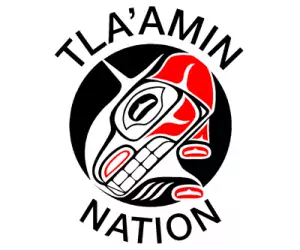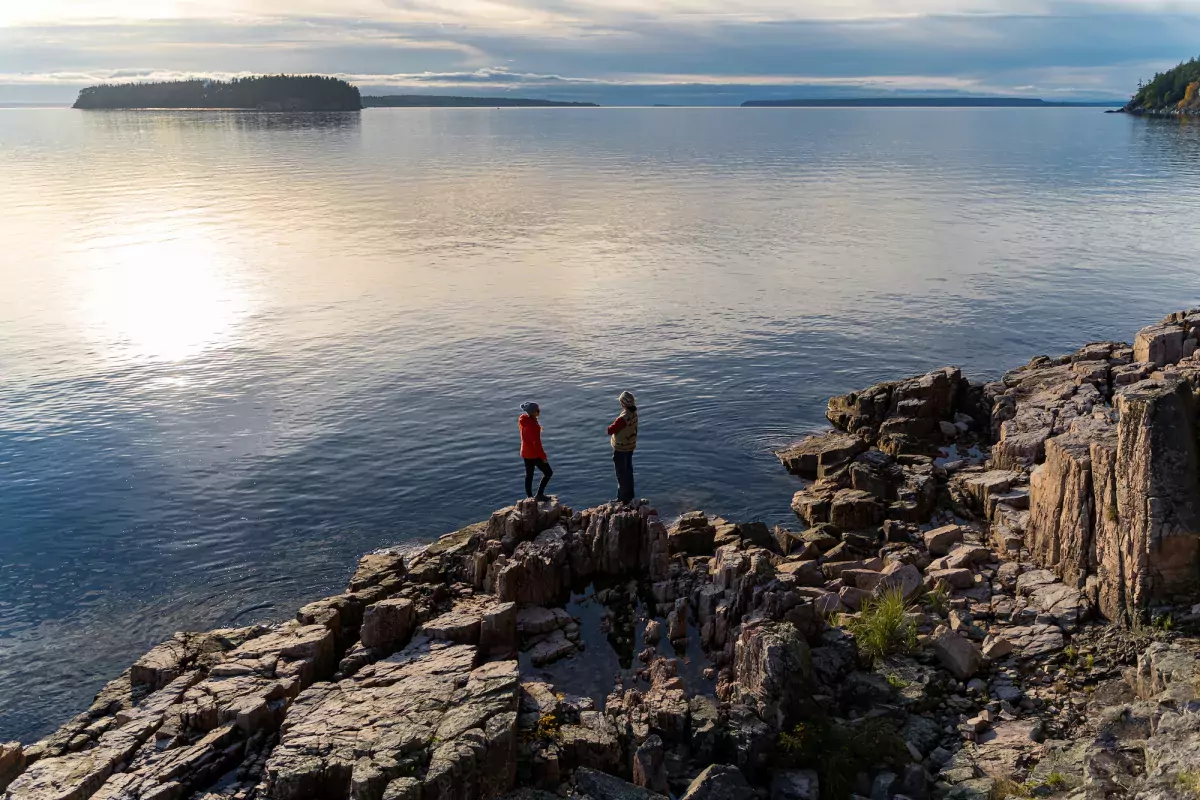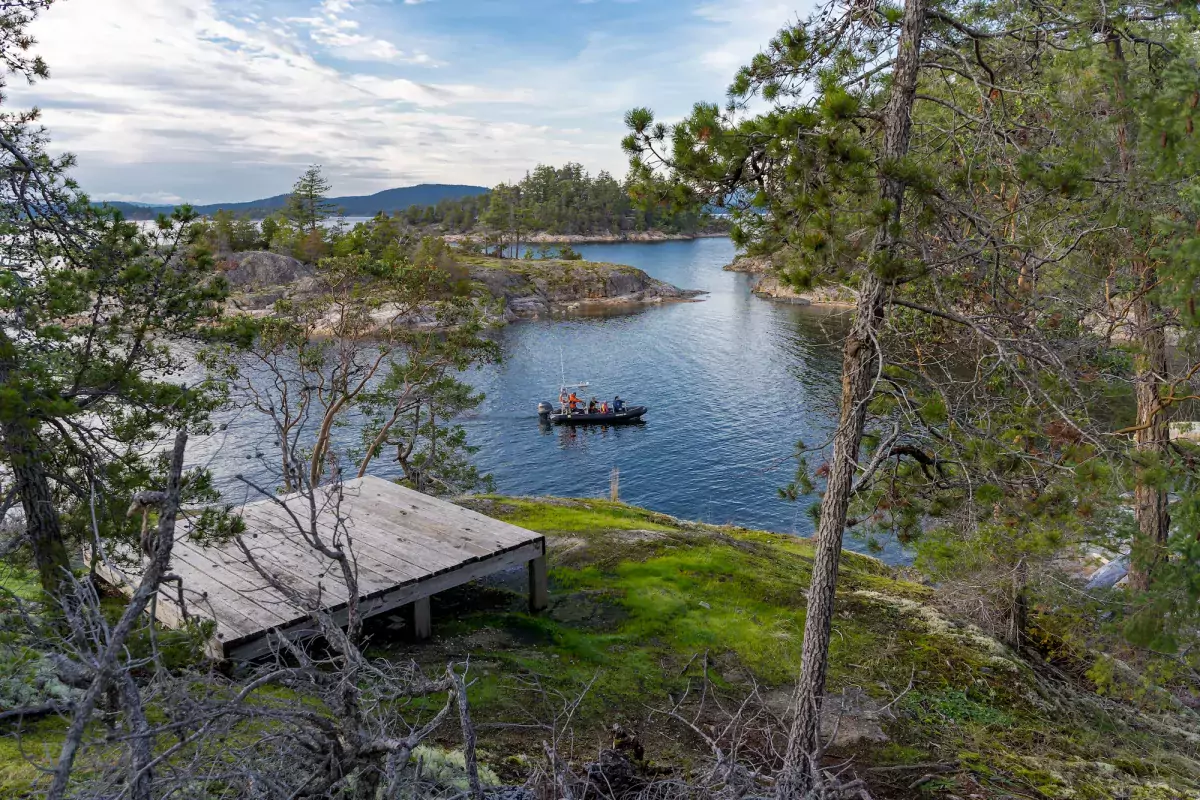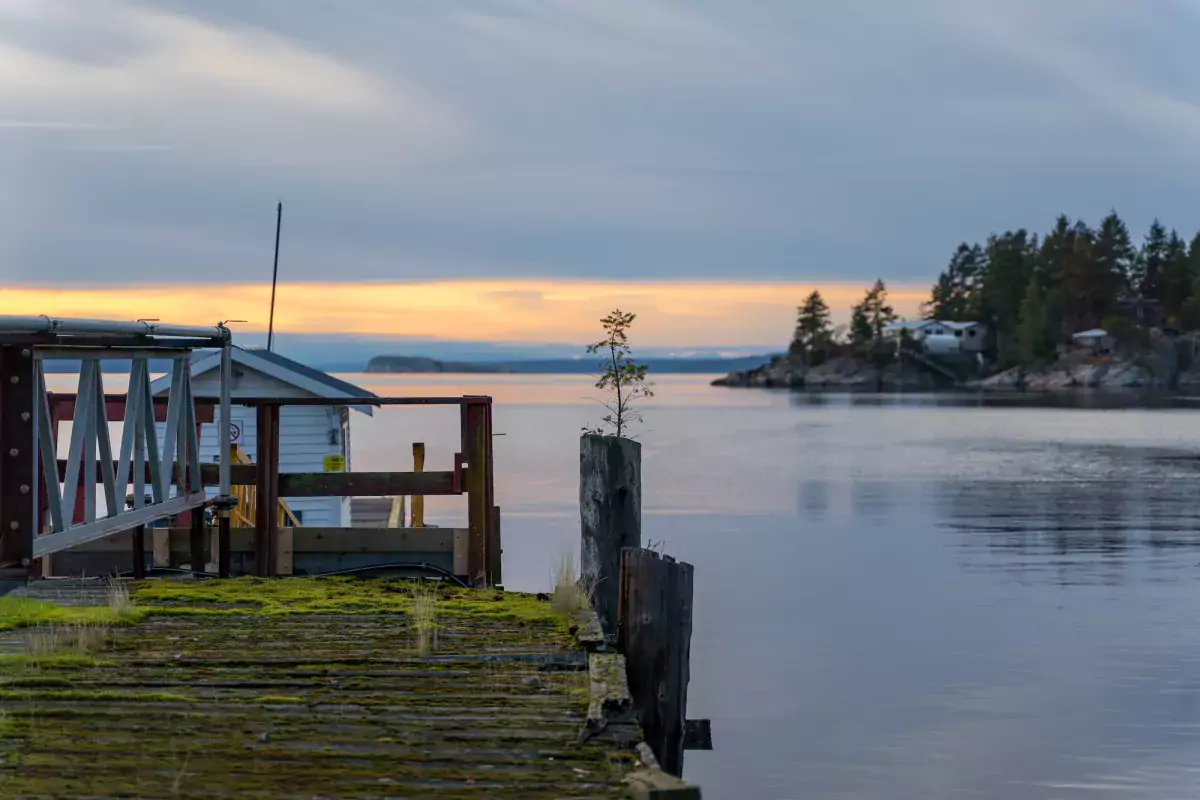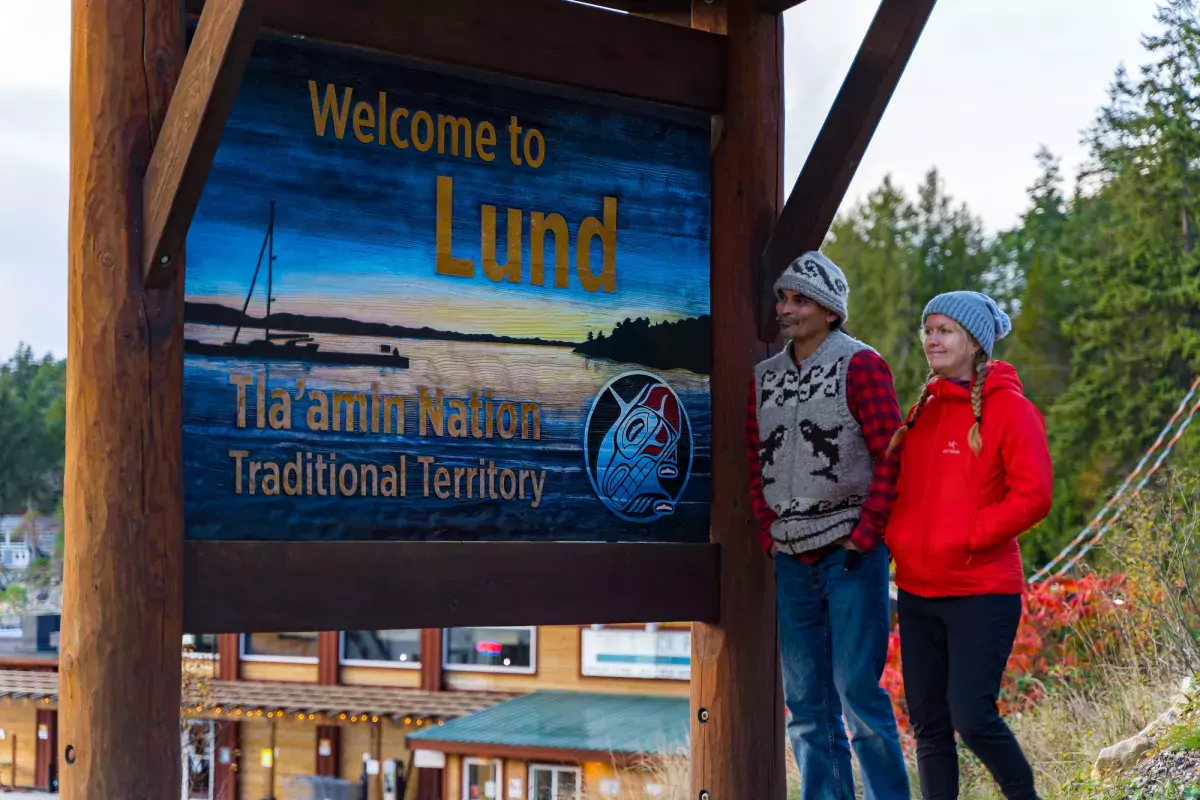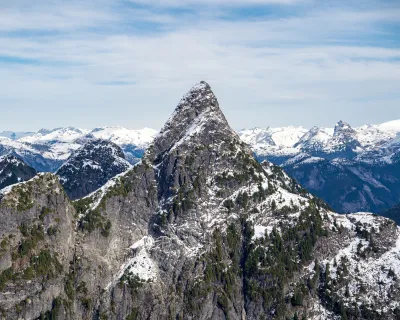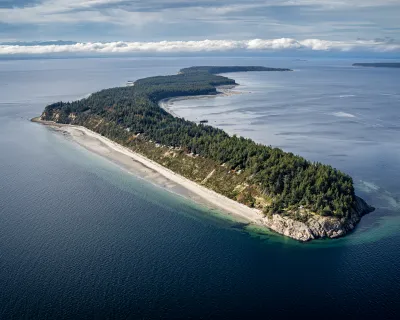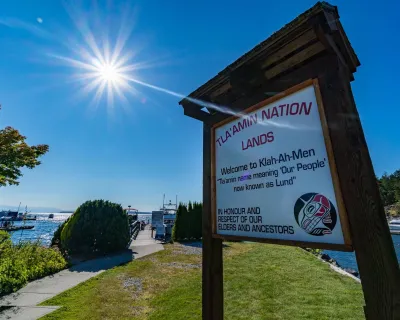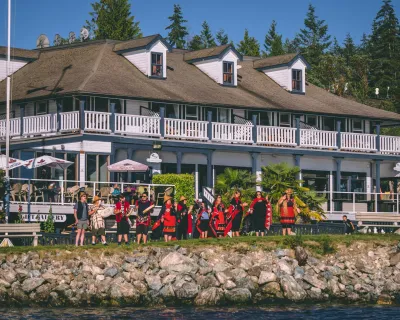Immerse in the coastal beauty of Tla'amin
#Tlaaminstrong
Touring the coastal beauty of temperate rainforest, mountains and oceans connects you to the cultural richness of Tla’amin First Nation and its homelands on the Sunshine Coast.
"Ajechepot, Cheh cheh hah thatch ah tuth qwol atems gijeh."
(We thank you for travelling to the land of the Tla’amin people.)
Tla'amin Nation - From the water, a vibrant landscape of rich forests and mighty mountains comes to life along the northern reaches of the Sunshine Coast from Powell River in the south to Desolation Sound in the north. This living, breathing land is home to the Tla’amin First Nation. Endless lakes, inlets and rivers dot the region which has sustained the way of life from time immemorial to present day for the Tla’amin people.
As I’ve traveled throughout British Columbia the last eight years it has been an experience of natural beauty but also cultural learning. Since moving to the BC coast, these experiences have shown me how important it is to learn about the local Indigenous culture, the places, language and stories, and how interconnected we all are to the land.
On my most recent visit to Powell River I was joined by locals Jill Bronson and Kymo Van Oers. I have visited here before (Welcome to Klah-ah-men) but this time I was looking forward to experiencing the local landmarks and natural destinations with local, passionate outdoor enthusiasts.
You can reach the Tla’amin homeland by one of two main routes: via road from the Saltery Bay ferry up to Powell River. Or the other option, which I took, via the Salish Orca ferry out of Comox directly into Powell River.
Once in Powell River, our first stop was at the Seawalk pathway. Here we looked out across the Salish Sea towards Vancouver Island. Along the shoreline as the ferry sailed off into the distance, I was able to clearly see the ancient fish traps. These carefully mounded walls of rock, which the Tla’amin people crafted as traps to catch fish, remain standing today as an archaeological reminder of the past.
From the Seawalk we drove north through town, making our way to Powell Lake. This massive lake was a key salmon spawning ground in the past but now primarily serves as the region's drinking water source and a recreational destination.
As we crossed the bridge over Canada’s claimed shortest river, the Powell River, Bronson smiled a peaceful inward smile and said to me, “Paddleboarding is something I love to do on Powell Lake, connecting so close to the water is such a calming experience.”
Carrying on we made our way into Tla’amin Nation, being sure to stop and grab a warm drink and fresh made wrap at the Tla’amin Convenience Store. Across from the store take a quick break and visit the Tla’amin hiking trail network. Don’t forget the renowned Sunshine Coast trail that crosses much of the territory, an amazing trail running and backpacking destination.
Visit Tla'amin and learn through connection to land and culture.
Our next stop, Dinner Rock Recreation Site, is ideal for either a short after-break along the Salish Sea or a perfect base camping location. From the shoreline we could see the famed Dinner Rock island to the southeast, the site of a tragic shipwreck in 1947.
Kymo pointed across the water directly in front of us as we stood on the unique rock formations that made the shoreline. “Right there is awesome fishing, I’ve caught a lot of Salmon there,” he shared.
Where he happened to be pointing was “ax-gilth” or Hurtado Point which is the southern tip of “Kayeqwan” – or Savary Island.
Rounding out a beautiful day we would make our final stop at Lund. This small oceanside community which is now part of Tla’amin Nation is the gateway to the rugged remote coastal islets, inlets and the stunning Desolation Sound Marine Provincial parks as well as Copeland Marine Park.
Lund Harbour is also historically known as Klah-Ah-Men – a name that translates to “place of refuge” in the Tla’amin Coast Salish language. It was from this harbour that Christine Hollman from Terracentric Adventures would be sending us out on a zodiac boat tour. Hollman has been running tours here since 2001 with her partner Hugh Pritchard.
The tour took us north past what locals have called for many years the Ragged Islands (I have yet to learn the Tla’amin name) but is also known as Copeland Island Provincial Marine Park. Ancient Tla’amin pictographs on the bluffs above the water caught our eye. We examined pictograph scenes depicting porpoise hunting, which was an important part of the First Nation culture, as well as hunting the seals which frequent the many rocky outcroppings and islets.
The Copeland Islands are a protected marine area but you can take guided day trips to see the midden piles, canoe runs and other important Tla’amin archeological evidence in the area. There are also overnight camping tent pads for adventurous kayakers and canoers. I really love what Jill shared with me about being on the water in the northern reaches past Lund. “You don’t have to go far to be out there.”
As our day came to an end, much like my very first visit I stood on the docks looking west at sunset in Lund. Vibrant shades of orange, yellows and reds painted the sky. This awe-inspiring scene was a great way to close out a day experiencing a region rich in culture and natural wonder.
As I stood there, something Bronson said came to mind, a truth that holds over time for those who experience this place: “The beauty, the energy from the ocean and the land, being on the water or in our forests makes me feel grounded and well.”
And so it did.
WHEN YOU GO
- Getting to Powell River is a 1h 30m ferry ride on the Salish Orca Ferry from Comox, or a 30m drive north from the Saltery Bay Ferry terminal, reached from mainland Vancouver via a 40m ferry from Horseshoe Bay.
- Before you arrive, spend some time getting to know the Tla'amin Nation, its culture and COVID policy, in respect for the local culture and safety.
More #TlaaminStrong adventures
Experience more of Tla'amin with these stories.
Like Our Facebook Page

